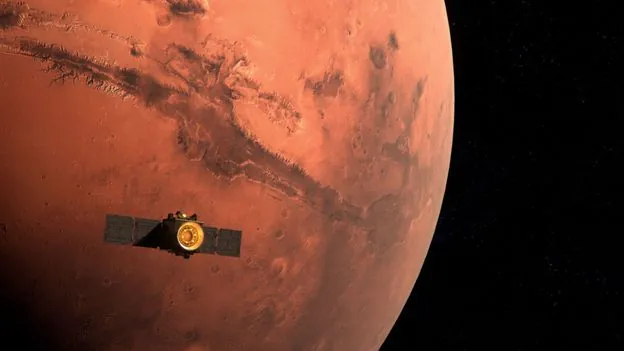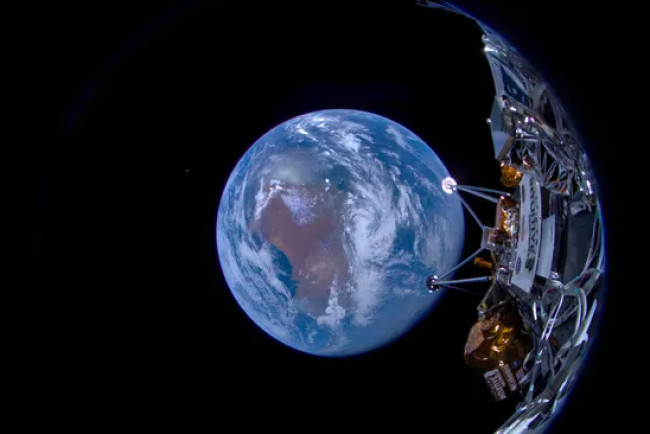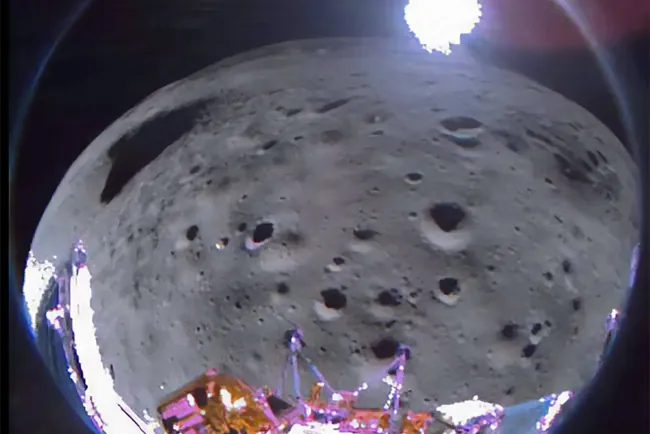Bridging Cultural Gaps: From Moon Missions to Mars Exploration
Explore the vital integration of science, engineering, and human spaceflight to achieve NASA's moon and Mars missions, highlighting the challenges and solutions in bridging cultural divides.

In an era where space exploration extends its boundaries beyond the moon to the ambitious terrains of Mars, the challenge transcends technical obstacles, venturing into the realm of integrating diverse cultural spheres within NASA. This integration of human spaceflight (HSF), engineering, and science cultures forms the cornerstone of NASA's grand vision for moon and Mars missions. The Moon to Mars (M2M) Architecture document unveils this blueprint, emphasizing the pursuit of world-class science, establishing a pivotal national stance, and fueling inspiration across generations.
My journey through the space sector, spanning five decades in roles from NASA Ames Center Director to the founder of NASA’s Astrobiology Institute, has granted me a panoramic view of the strengths and weaknesses inherent in these cultures. The essence of bridging these divides lies in fostering a common understanding and respect across disciplines, from decoding the mysteries of the universe to designing and building the next generation of spacecraft.
Science: The Foundation of Exploration
The quest for a unified scientific community within NASA illustrates the complexities of collaboration. It necessitates developing a common language to bridge gaps between diverse scientific fields. Such unity is not merely about exchanging ideas but about creating a platform where interdisciplinary dialogue flourishes, leading to consensus and continual reevaluation as new data emerges.
Engineering: The Backbone of Innovation
The challenges encountered in NASA’s Mars missions underscore the critical need for clear leadership and cross-disciplinary trust. As the first-ever Mars Program Director, I witnessed the transformation that robust program leadership and iterative collaboration between scientists and engineers can bring about, culminating in a legacy of successful Mars missions.
Human Spaceflight: A Unique Culture
My involvement with the Columbia Accident Investigation Board revealed the hierarchical, mission-focused culture of HSF, where personal dedication and the weight of human lives define every decision. This mindset, while distinct from scientific exploration, is integral to the safety and success of crewed missions.
Culture Change: A Slow but Essential Process
The journey toward a unified NASA culture, where science, engineering, and HSF seamlessly converge, is a marathon, not a sprint. It demands unwavering leadership commitment to a "One NASA" approach and the establishment of roles that bridge these cultural divides at every organizational level.
To accelerate this cultural integration, NASA must champion a dedicated M2M program, starting with its top leadership embodying cross-organizational culture change principles. Appointing a program scientist with equal authority to current program managers and fostering a network of project scientists and engineers skilled in interdisciplinary communication is crucial. Furthermore, an independent Standing Review Board, proactive in guiding NASA towards its One NASA goal, will ensure that the pillars of science, national posture, and inspiration remain at the forefront of this monumental endeavor.
As we stand on the precipice of returning humans to the moon and venturing onto Mars, the challenge before us is not just technological but also organizational and cultural. It's a challenge that beckons for a nation like America, ready to unite under a common goal of exploration and discovery. Join us as we embark on this generational journey, bridging cultural divides to achieve the extraordinary. Discover more about our path forward in space exploration at Kiksee Magazine.
What's Your Reaction?






















